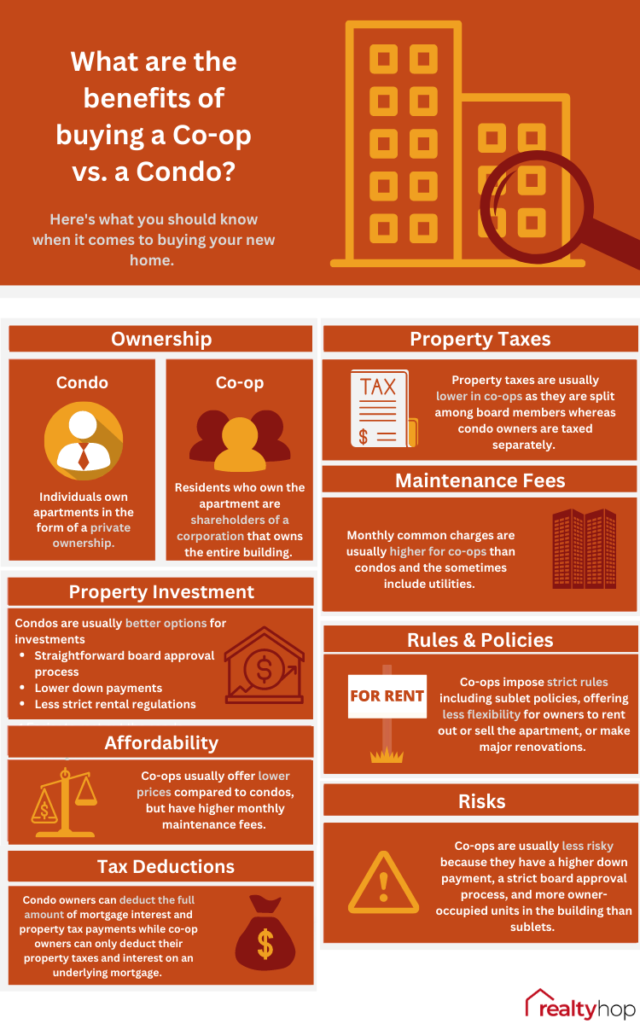Discover the secret to finding the perfect coop in NYC! Don’t miss out on these essential tips for your search.
Table of Contents
Introduction to Urban Living
We’re delving into the exciting world of finding the perfect home in the bustling metropolis of New York City. Today, we’re going to learn all about two types of homes in the city: coops and condos. Picture them like giant apartment buildings that reach for the sky. Let’s uncover the secrets of selecting the ideal living space in the Big Apple!
When it comes to living in New York City, there are two main options to consider: coops and condos. These are types of homes where many people live together in one building. Each has its unique features that make them special. Let’s dive into the differences between them to help you decide which one suits you best.
Understanding the Basics
When it comes to choosing the best home in a big city like New York City, you may come across two types of living spaces: coops and condos. Let’s dive in and understand what these options entail!
Coop Explained
Imagine you’re part of a big group that owns a building. In a coop, instead of owning your specific apartment, you actually own a share of the entire building. It’s like being a part-owner of a giant puzzle!
Condo Clarified
Now, think about a regular house divided into different pieces. When you buy one piece of that house, that’s like owning a condo. You have your slice of the pie all to yourself, just like having your slice of a delicious pizza!
Where to Look
Discover where to find cool coops and condos in New York City. We’ll look at New buildings that are getting built right now!

Image courtesy of hauseit.medium.com via Google Images
Scouting New Developments
New buildings are popping up like flowers in spring. This means shiny, new places for you to live!
Considering Older Coops
Some buildings are like grandparents; they have stories and history. They may not be brand-new but are full of charm!
What to Consider When Choosing
Figuring out the best place to live isn’t just about what it looks like. We need to think about other Cool stuff, like how close it is to a park or a pizza place!
Location and Convenience
Is the building near a subway station? Can you walk to a grocery store or a park? This is all about location!
Building Amenities
Does the building have extras like a playground, a gym, or a rooftop to see the stars? That’s what amenities are all about!
| Criteria | Factors to Consider |
|---|---|
| Location | Proximity to transportation, amenities, and preferred neighborhood |
| Price | Affordability based on budget and financial situation |
| Size | Number of bedrooms, bathrooms, and overall square footage |
| Amenities | Features like a doorman, fitness center, rooftop deck, etc. |
| Building Policies | Rules on pets, subletting, renovations, and other restrictions |
| Financial Stability | Review the building’s financial statements and reserves |
Rules and Regulations
Every building has rules, like bedtime stories, there’s a time and place for everything. What can you do, and what’s a no-no?
Money Matters
When you decide to buy a place to live, it’s like going on a big shopping trip. Just like when you buy a giant toy, a coop or condo comes with a price tag. But wait, there’s more! Besides the big price you pay upfront, there are also other costs that you need to keep in mind. It’s like having to pay for new batteries or stickers for your toy. These other costs can include monthly charges for things like maintaining the building, keeping the lights on, and making sure the elevator works smoothly. You need to know how much money you’ll need not just now, but every month after!
Getting Help from Experts
Sometimes, understanding money stuff can be as tricky as solving a challenging puzzle. It’s okay to ask for help from grown-ups who know all about it. Just like when you need help with your homework or learning a new game, grown-ups like your parents or real estate experts can guide you through the process. They can explain all the money things in a way that makes sense and help you figure out how to manage your piggy bank wisely. Remember, it’s perfectly okay to ask questions and seek advice when it comes to money matters!
Making the Choice
Now that you’ve seen all the different coops and condos, it’s time to make a list. Just like when you’re trying to decide on a new game to play or a flavor of ice cream to choose, writing down what each place offers can help you see which one makes you the most excited. Maybe one building has a cool rooftop where you can stargaze, while another has a fun playground right in the backyard. Think about what’s important to you and see which option checks off the most boxes on your list.

Image courtesy of www.citysignal.com via Google Images
Talking it Over
Deciding where to live is a big decision, so it’s important to talk it over with your family. Sharing your thoughts and feelings about each option can help you see things from different perspectives. Remember, two (or more) heads are often better than one! Your family might have insights or ideas that you hadn’t considered, and together you can make the best choice for everyone. Communication is key, so don’t be shy about expressing your preferences and listening to what others have to say.
Conclusion: Your Future Home Sweet Home
We’ve gone on a big adventure learning how to pick the best place to live in a big city like New York. Remember, the best home is where you feel happiest!
FAQs: Answering Your Curious Questions
Why do some people prefer coops and others condos?
Some like sharing like in a coop, others like owning it all like in a condo. It’s about what fits you!
Can kids pick where to live too?
Sure! Kids’ opinions matter. If you’re going to live there, you should have a say in choosing your home.
Begin your search and start earning cash back!
Generated by Texta.ai Blog Automation







